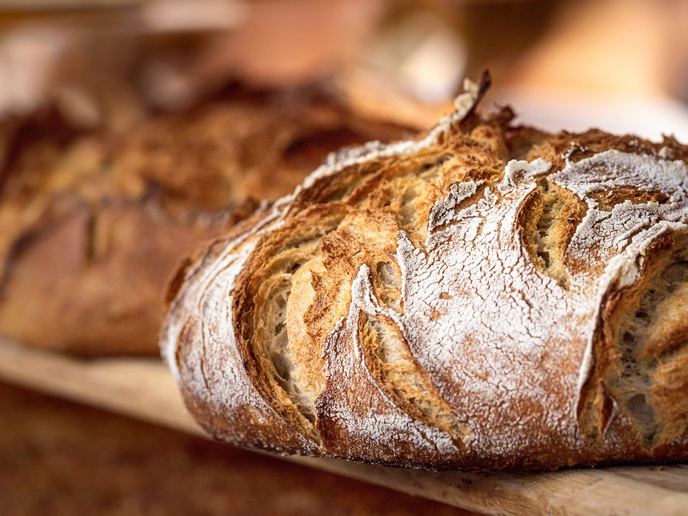Memory and behavioural conditioning
Memory allocation is a process where neurons and synapses in a biological neural network process information to form a memory trace. The amygdala is the part of the brain that is associated with development of fear memories. The project 'Cellular mechanisms underlying formation of the fear memory trace in the mouse amygdala' (FEAR MEMORY TRACE) studied the amygdala neural network to elucidate their role in fear memory formation. In vivo genetic manipulation, behavioural, electrophysiological and computational approaches were used to elucidate the underlying biophysical mechanisms involved in fear conditioning and taste aversion. The researchers received training to conduct behavioural and electrophysiological experiments and test for short- and long-term memory. Skills required included performing intra-amygdala surgeries, patch-clamp recording, molecular and cellular analysis using western blot, genotyping, and viral DNA preparation as well as computational simulations. Behavioural testing revealed an enhanced fear memory performance at the three hour time point rather than at five hours. Electrophysiological readings were taken after auditory fear conditioning and conditioned taste aversion at three hour and five hour time-points. Data revealed that after three hours, there was higher intrinsic excitability in mice who received both the shock and the tone as compared to those that received only the tone. The scientists simulated the learning-induced physiological changes seen during conditioning using models from constructed from the experimental data. Currently, electrophysiological recordings in brain slices are still ongoing in combination with fluorescence imaging. A behavioural facility has been set-up successfully to test memory and record anxiety as well as locomotor activity. Project activities promise to reveal the underlying biophysical mechanisms involved in behavioural conditioning and memory trace formation. This knowledge could be exploited to treat memory deficits and psychological conditions such as phobias through memory manipulation. This has important implications for the public health sector.







